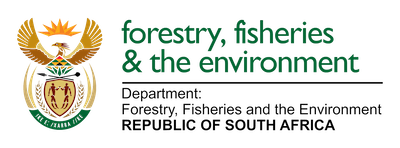
by Ria Olivier | Feb 28, 2024 | Biosecurity, Environment, Invasion Biology, Mice Eradication, Research, SANAP, SANAP Student
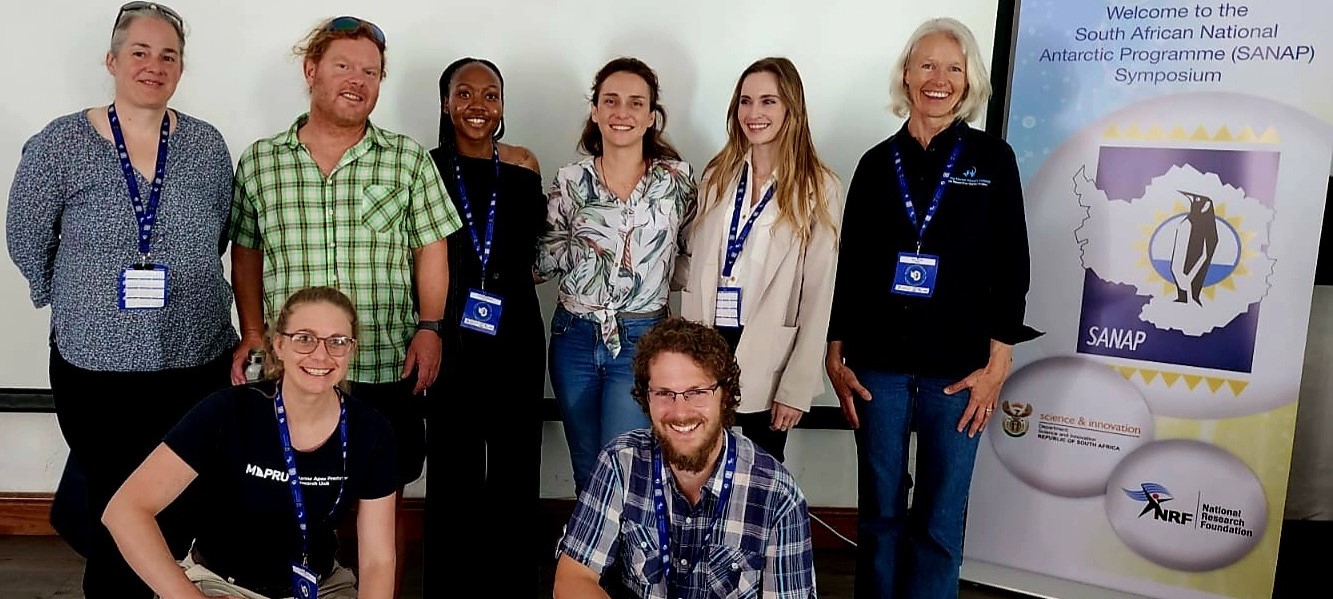
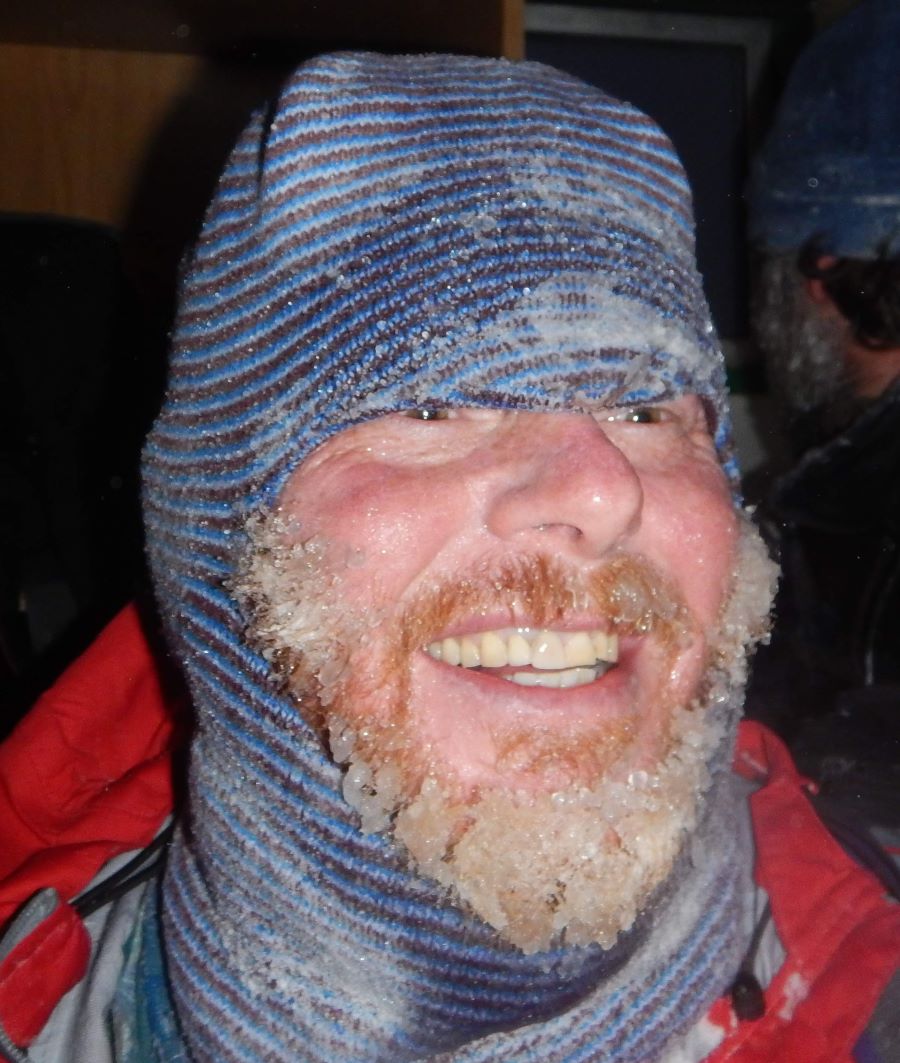
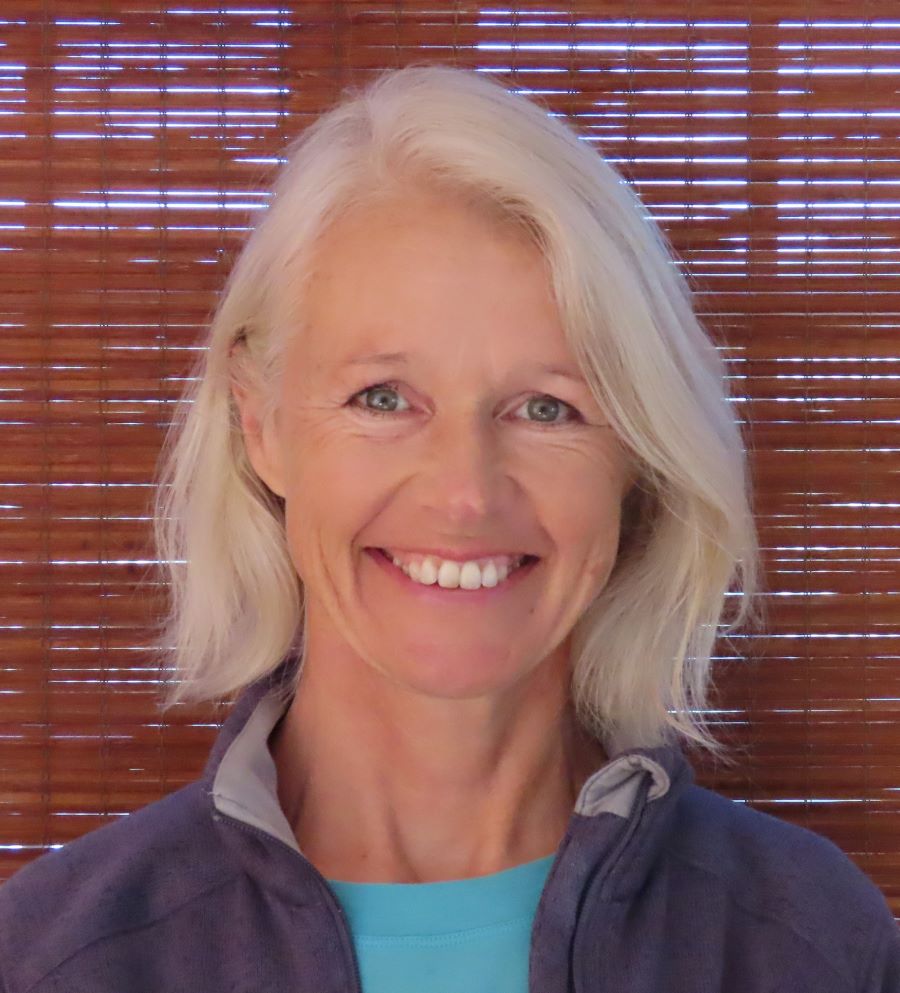 The last session within the Marine and Antarctic Research Strategy research theme : : Ecosystems, biodiversity and biodiscovery was chaired by Pierre Pistorius of the Marine Apex Predator Research Unit (MAPRU) at Nelson Mandela University. To kick off the session, the Mouse-Free Marion (MFM) Project’s Assistant Project Manager, Sue Tonin, gave a plenary lecture. This was followed by more presentations on ornithology research. (Above: group photo of MAPRU with Sue Tonin. Left: Pierre Pistorius. Right: Sue Tonin)
The last session within the Marine and Antarctic Research Strategy research theme : : Ecosystems, biodiversity and biodiscovery was chaired by Pierre Pistorius of the Marine Apex Predator Research Unit (MAPRU) at Nelson Mandela University. To kick off the session, the Mouse-Free Marion (MFM) Project’s Assistant Project Manager, Sue Tonin, gave a plenary lecture. This was followed by more presentations on ornithology research. (Above: group photo of MAPRU with Sue Tonin. Left: Pierre Pistorius. Right: Sue Tonin)
 Above (l-r): Vonica Perold, Tegan Walker, Shamiso Banda, Danielle Keys, Eleanor Weideman
Above (l-r): Vonica Perold, Tegan Walker, Shamiso Banda, Danielle Keys, Eleanor Weideman
- Dr Sue Tonin Eradicating Invasive House Mice Mus musculus from Marion Island: Gains and Challenges (Abstract)
- Vonica Perold South Atlantic seabirds can be used as bioindicators to monitor small buoyant plastics at sea. (Abstract)
- Tegan Walker Influence of diet and environmental parameters on Brown Skua breeding success at Marion Island
- Shamiso Banda Gauging the threat: exposure and attraction of Sooty Albatrosses and White-Chinned Petrels to fisheries activities in the southern Indian Ocean
- Danielle Keys Foraging behaviour of adult Wandering Albatrosses (diomedea exulans) in relation to growth and success of their offspring.
- Pierre Pistorius Tracking Southern Ocean predators to identify ecologically important habitat
- Eleanor Weideman Seasonal attendance patterns and habitat use of three avian scavengers at sub-Antarctic Marion Island. (Poster)
 Above (l-r):Maelle Connan, Stefan Schoombie, Robyn Adams, John Cooper
Above (l-r):Maelle Connan, Stefan Schoombie, Robyn Adams, John Cooper
Maelle Connan and Stefan Schoombie were part of the Prince Edward Island Scientific Expedition and were able to join the session. Stefan’s presentation was given in the Summer Survey session later on in the day. Support for Sue’s plenary came from Robyn Adams, MFM Communications Officer and Project Assistant, and John Cooper, MFM News Correspondent.
 To make your sponsorship to Mouse-Free Marion go to https://mousefreemarion.org/product/hectare/ and become a part of Marion Island’s future.
To make your sponsorship to Mouse-Free Marion go to https://mousefreemarion.org/product/hectare/ and become a part of Marion Island’s future.
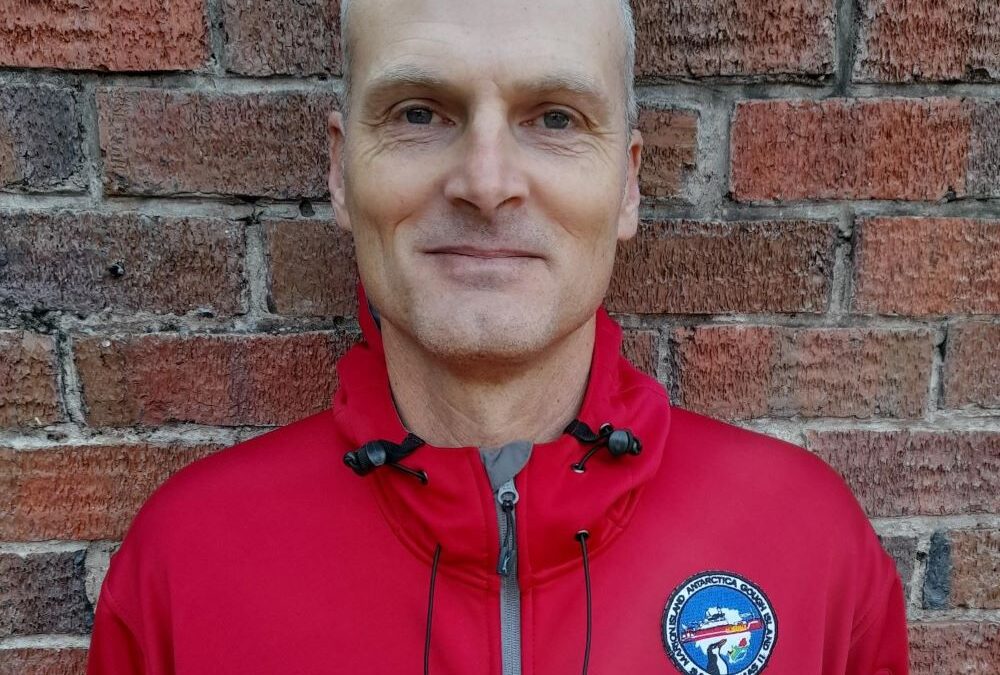
by Ria Olivier | Feb 27, 2024 | Antarctica, Environment, Geomorphology, Marion Island, Research, SANAP, SANAP Student
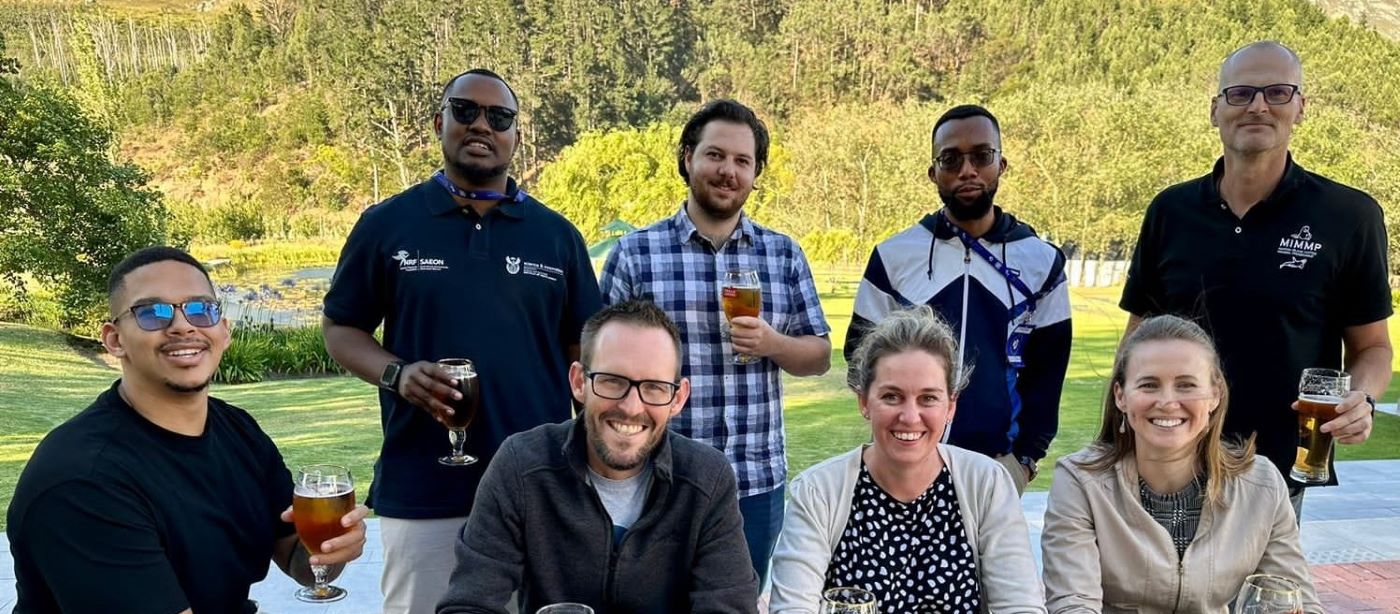
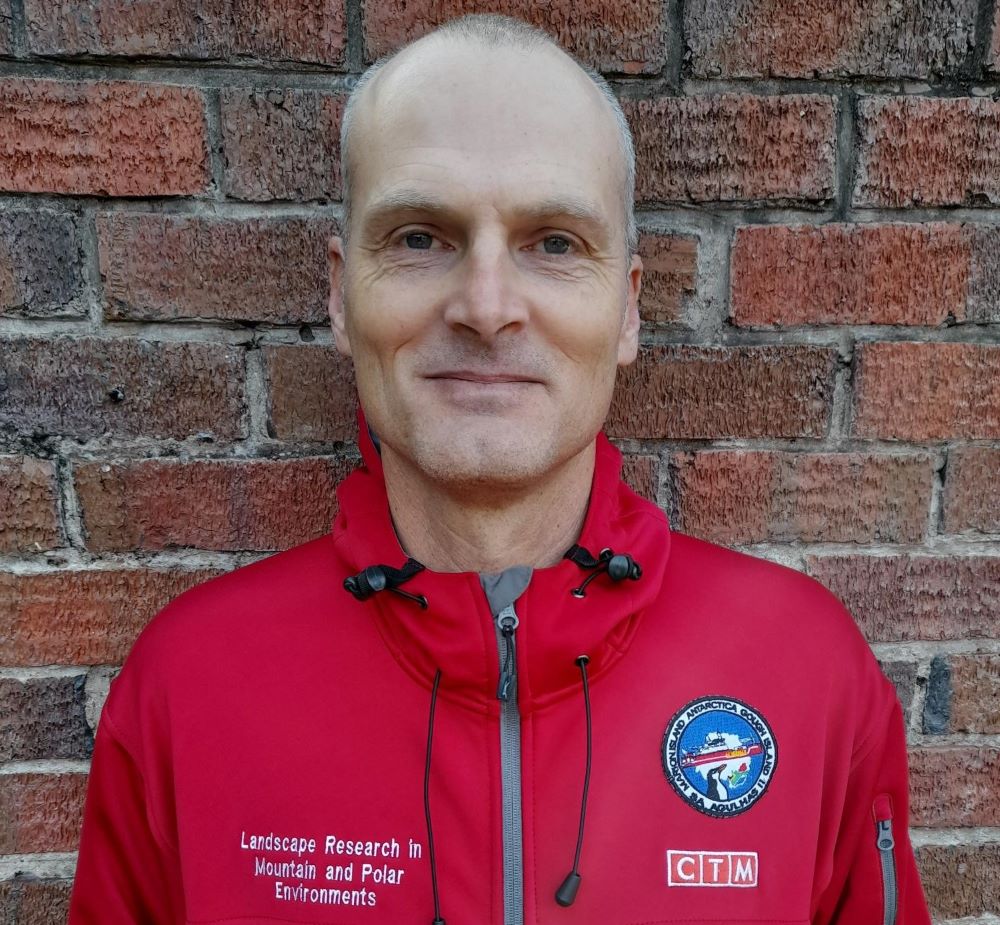 Prof Werner Nel chaired the session on earth system Observations under the title: “Antarctic and sub-Antarctic Earth Science”. The session opened with a talk by Geoff Grantham of University of Johannesburg and Werner then introduced research Landscape and climate interactions in the sub-Antarctic. The session was in the format of a panel and roundtable discussion. (Above group photo of Landscape research in mountain and polar environments)
Prof Werner Nel chaired the session on earth system Observations under the title: “Antarctic and sub-Antarctic Earth Science”. The session opened with a talk by Geoff Grantham of University of Johannesburg and Werner then introduced research Landscape and climate interactions in the sub-Antarctic. The session was in the format of a panel and roundtable discussion. (Above group photo of Landscape research in mountain and polar environments)
 In this session four higher education Institutions were represented.
In this session four higher education Institutions were represented.
 Above l-r: Geoff Grantham (UJ), Liezel Rudolph (UFS), Abu Nguna (UFH), Sibusiso Sinuka (UFH), Zenande Kabase(UFH)
Above l-r: Geoff Grantham (UJ), Liezel Rudolph (UFS), Abu Nguna (UFH), Sibusiso Sinuka (UFH), Zenande Kabase(UFH)
- Dr Geoff Grantham: Geological and Geophysical Research in Western Dronning Maud Land, Antarctica. Fieldwork, Laboratory Methods, History and Progress over ~40 years. (Abstract)
- Prof Werner Nel: Landscape and climate interactions in the sub-Antarctic: Past, present and future. (Abstract)
- Dr Elizabeth Rudolph: The deglaciation of sub-Antarctic Marion Island. (Abstract)
- Mr Sibusiso Sinuka: Towards determining the formation ages of the lithologies on sub-Antarctic Marion Island. (Abstract)
- Mr Abuyiselwe Nguna: Preliminary results of fallout 137Caesium techniques on Aeolian land features on sub-Antarctic Marion Island . (Abstract)
- Mr Zenande Kabase: Long term trends in extreme daily temperature and precipitation on sub-Antarctic Marion Island from 1950 to 2020. (e-Poster)(Abtract)
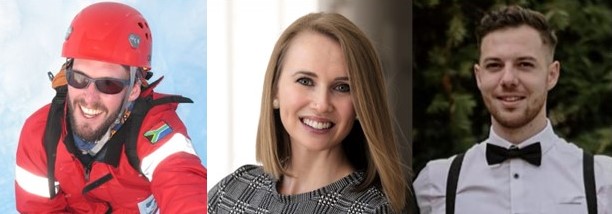 Other presentations of this project were given in the data management and humanities sessions as well as David Hedding in the summer survey as he only joined on 30 November due to the Prince Edward Island Scientific Expedition. (l-R: David Hedding (UNISA), Marike Stander (UFS), Bjorn Boyes (UFS)
Other presentations of this project were given in the data management and humanities sessions as well as David Hedding in the summer survey as he only joined on 30 November due to the Prince Edward Island Scientific Expedition. (l-R: David Hedding (UNISA), Marike Stander (UFS), Bjorn Boyes (UFS)

by Ria Olivier | Feb 27, 2024 | Oceanography, Research, SANAP, SANAP Student, South Atlantic, Southern Ocean, Uncategorised

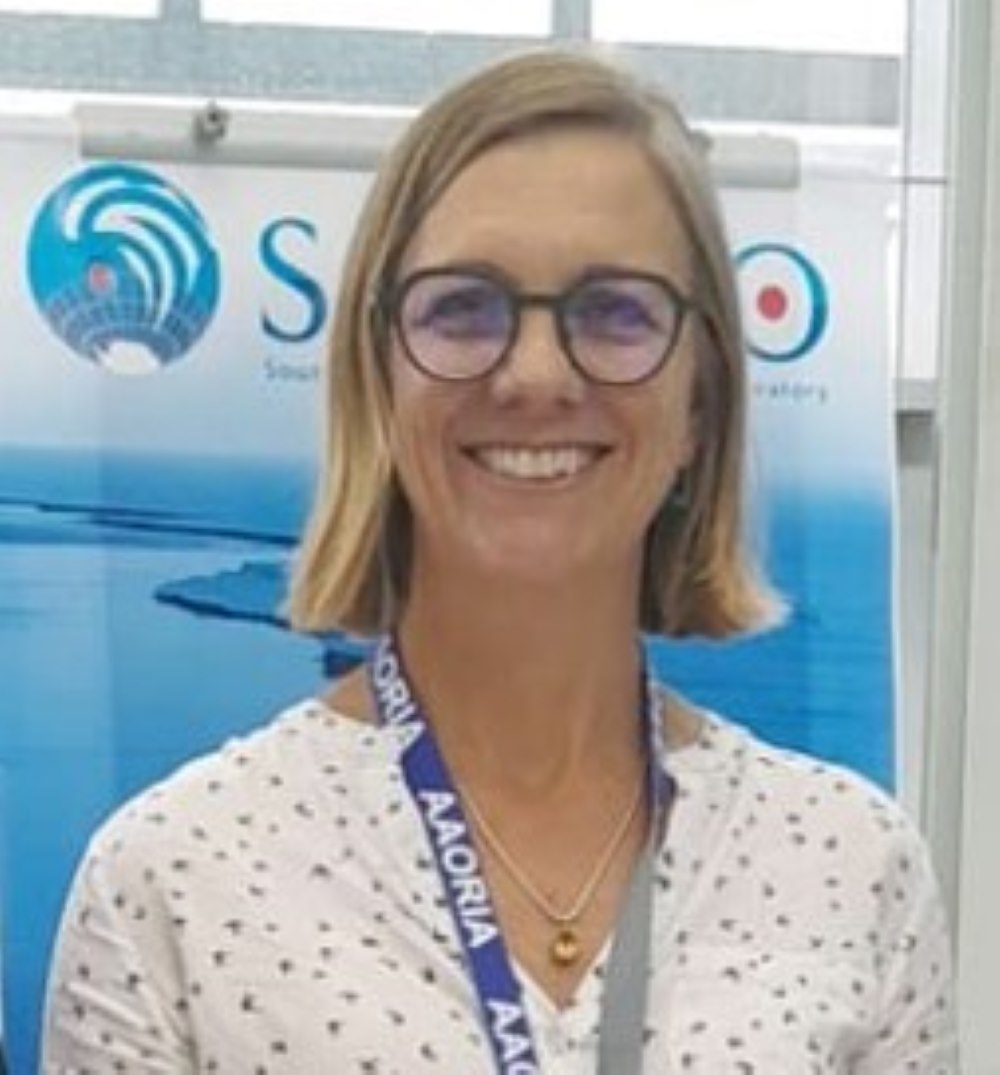
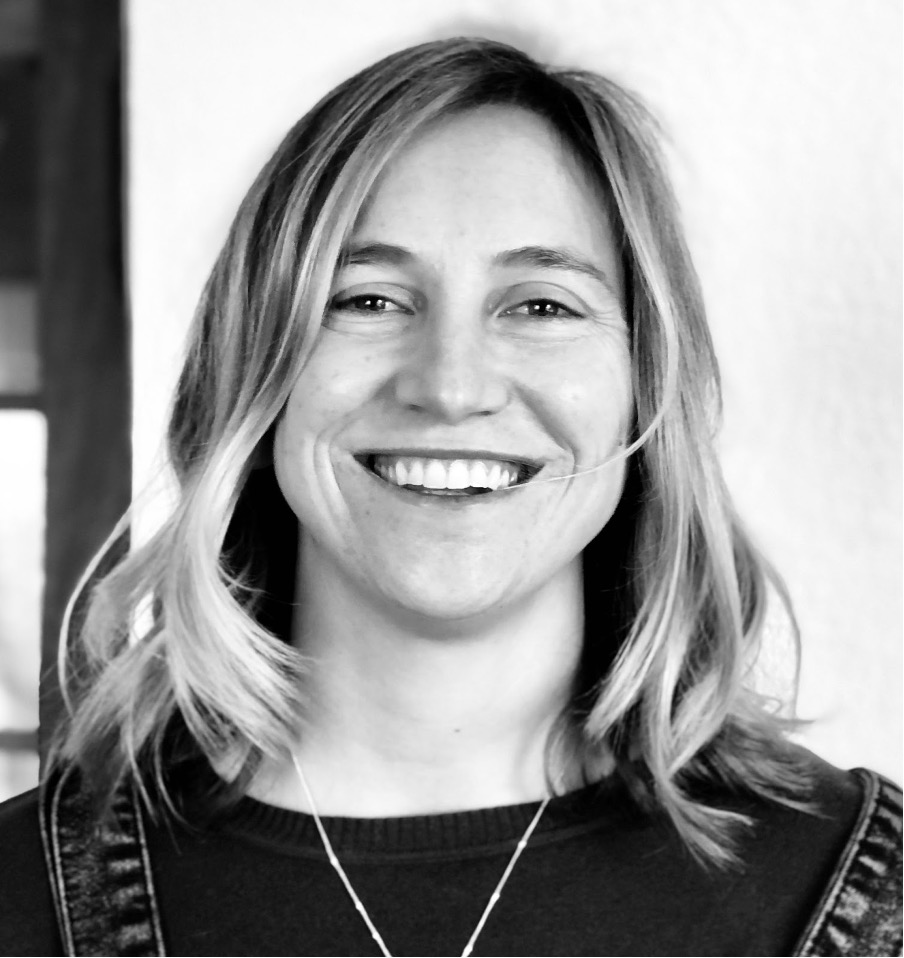 The second session within the Marine and Antarctic Research Strategy research theme : Oceans and marine ecosystems under global change was chaired by Sandy Thomalla and Sarah Nicholson from Southern Ocean Carbon- Climate Observatory (SOCCO). The session title, “The Southern Ocean’s sensitivity to a changing climate: insights from a seasonal cycle approach” were presented through oral presentations and e-posters from SOCCO. (Left Sandy Thomalla, Right Sarah Nicholson, above SOCCO group photo)
The second session within the Marine and Antarctic Research Strategy research theme : Oceans and marine ecosystems under global change was chaired by Sandy Thomalla and Sarah Nicholson from Southern Ocean Carbon- Climate Observatory (SOCCO). The session title, “The Southern Ocean’s sensitivity to a changing climate: insights from a seasonal cycle approach” were presented through oral presentations and e-posters from SOCCO. (Left Sandy Thomalla, Right Sarah Nicholson, above SOCCO group photo)
 Above (l-r): Tesha Toolsee, Tommy Ryan-Keogh, Thapelo Ramalepe, Thato Mtshali.
Above (l-r): Tesha Toolsee, Tommy Ryan-Keogh, Thapelo Ramalepe, Thato Mtshali.
- Sarah Nicholson: The impact of storms on CO2 and heat exchange across the Southern Ocean.
- Tesha Toolsee: The complex role of storms in modulating intra-seasonal air-sea CO2 fluxes in the sub-Antarctic Southern Ocean.
- Sandy Thomalla: Trends in Southern Ocean Phytoplankton bloom phenology.
- Sifiso Mpapane: Understanding photo acclimation effects on Chl:C ratio in the Southern Ocean: modelling considerations and insights into seasonal assemblage composition. (E-poster)
- Tommy Ryan-Keogh: Multi-decadal trend of increasing iron stress in the Southern Ocean phytoplankton.
- Thapelo Ramalepe: Exploring the seasonal processes governing manganese supply in the Southern Ocean.
- Thato Mtshali: Winter-time distributions and dissolved iron mixed layer budget in the south Atlantic sector of the Southern Ocean.
- Miranda Sitofile: Investigating seasonal variability of dissolved iron in the South Atlantic sector of the Southern Ocean: Insights from the winter and spring SCALE 2019 cruises. (e-poster)
- Lillina Ruiters: Variability of phytoplankton photo physiology in the Southern Ocean: an analysis of assumptions and uncertainties. (e-poster)
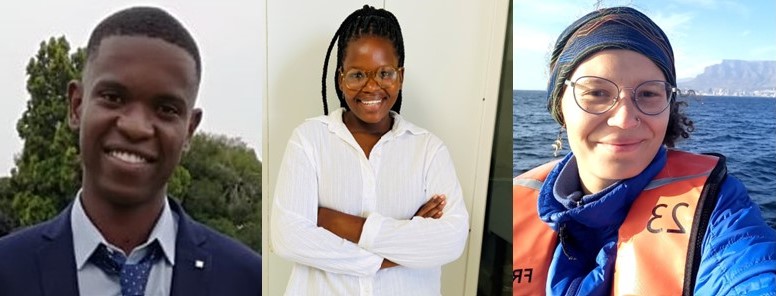 Above(l-r): Sifiso Mpapane, Miranda Sitofile, Lillina Ruiters
Above(l-r): Sifiso Mpapane, Miranda Sitofile, Lillina Ruiters
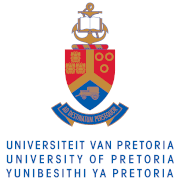
by Ria Olivier | Feb 27, 2024 | Research, SANAP, SANAP Student
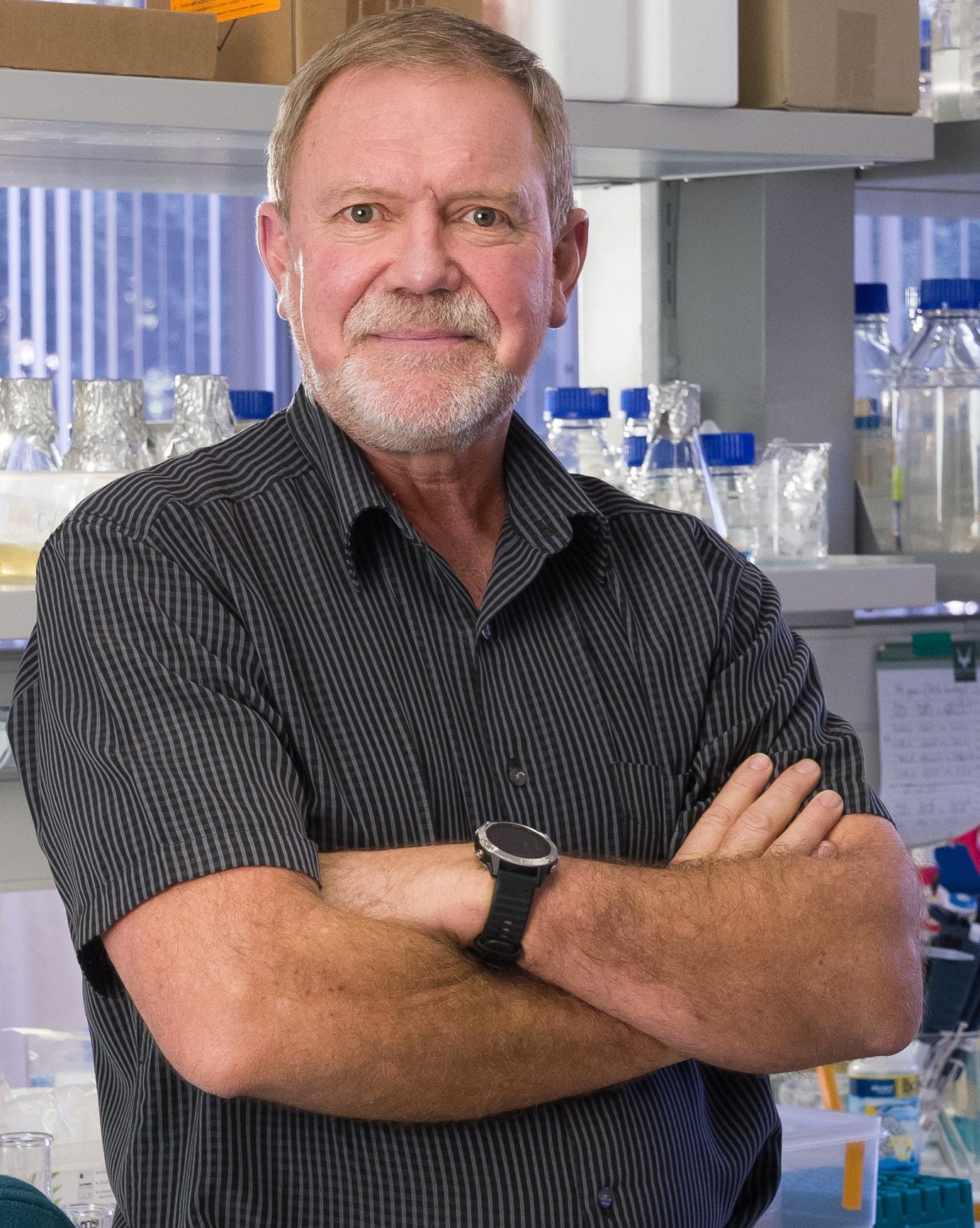 Another session within the Marine and Antarctic Research Strategy research theme : Ecosystems, biodiversity and biodiscovery was chaired by Donald Cowan of the University of Pretoria, he also chaired the session for Thulani Makhalanyane’s project research. Dr Dowan started of the first section with his own presentation followed by research within his project.
Another session within the Marine and Antarctic Research Strategy research theme : Ecosystems, biodiversity and biodiscovery was chaired by Donald Cowan of the University of Pretoria, he also chaired the session for Thulani Makhalanyane’s project research. Dr Dowan started of the first section with his own presentation followed by research within his project.
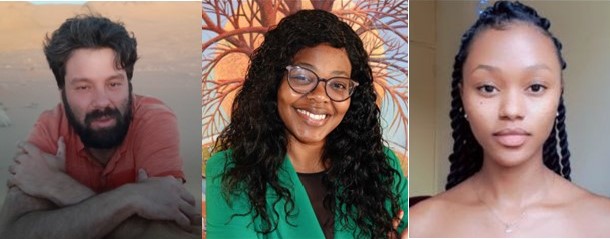 Above (l-r): Pedro Lebre, Silindile Maphosa, Lefentse Mashamaite
Above (l-r): Pedro Lebre, Silindile Maphosa, Lefentse Mashamaite
- Don Cowan: Microbial ecology of Antarctic desert soils. (Abstract)
- Pedro Lebre: Biogeographic survey of soil microbial communities across Antarctica. (Abstract)
- Silindile Maphosa: Exploring the functional potential of microbial metagenome-assembled genomes (MAGs) from sub-Antarctic islands. (Abstract)
- Lefentse Mashamaite: Microbial diversity in Antarctic Dry Valley soils across an altitudinal gradient. (Abstract)
 Prof Makhalanyane project presentations. Above (l-r): Runesu Bakasa, Marike Hillocks, Riaan Pierneef, Mancha Mabaso, Choaro Dithugoe
Prof Makhalanyane project presentations. Above (l-r): Runesu Bakasa, Marike Hillocks, Riaan Pierneef, Mancha Mabaso, Choaro Dithugoe
 Poster Presentations. Above (l-r): Sade Magabotha, Christophe Lefebvre, Elizabe Malan, Benjamin Abraham, Nelisiwe Hedebe, Michelle Bekker
Poster Presentations. Above (l-r): Sade Magabotha, Christophe Lefebvre, Elizabe Malan, Benjamin Abraham, Nelisiwe Hedebe, Michelle Bekker
- Sade Magabotha: A reproducible microbiome pipeline for the identification of horizontally acquired mobile genetic elements. (Abstract)
- Christophe Lefebvre: Using computational tools to shed light on microbes with capacity to degrade microplastics in the oceans. (Abstract)
- Elizabe Malan: Understanding the dynamics of microbial communities in the Congo River plume. (Abstract)
- Benjamin Abraham: Nutrient Co Limitation of Bacterial Communities within the Southern Ocean. (Abstract)
- Nelisiwe Hedebe: Charting the diversity of Giant viruses of Antarctic dry valley permafrost. (Abstract)
- Michelle Bekker: Phage diversity in the Southern Ocean. (Abstract)

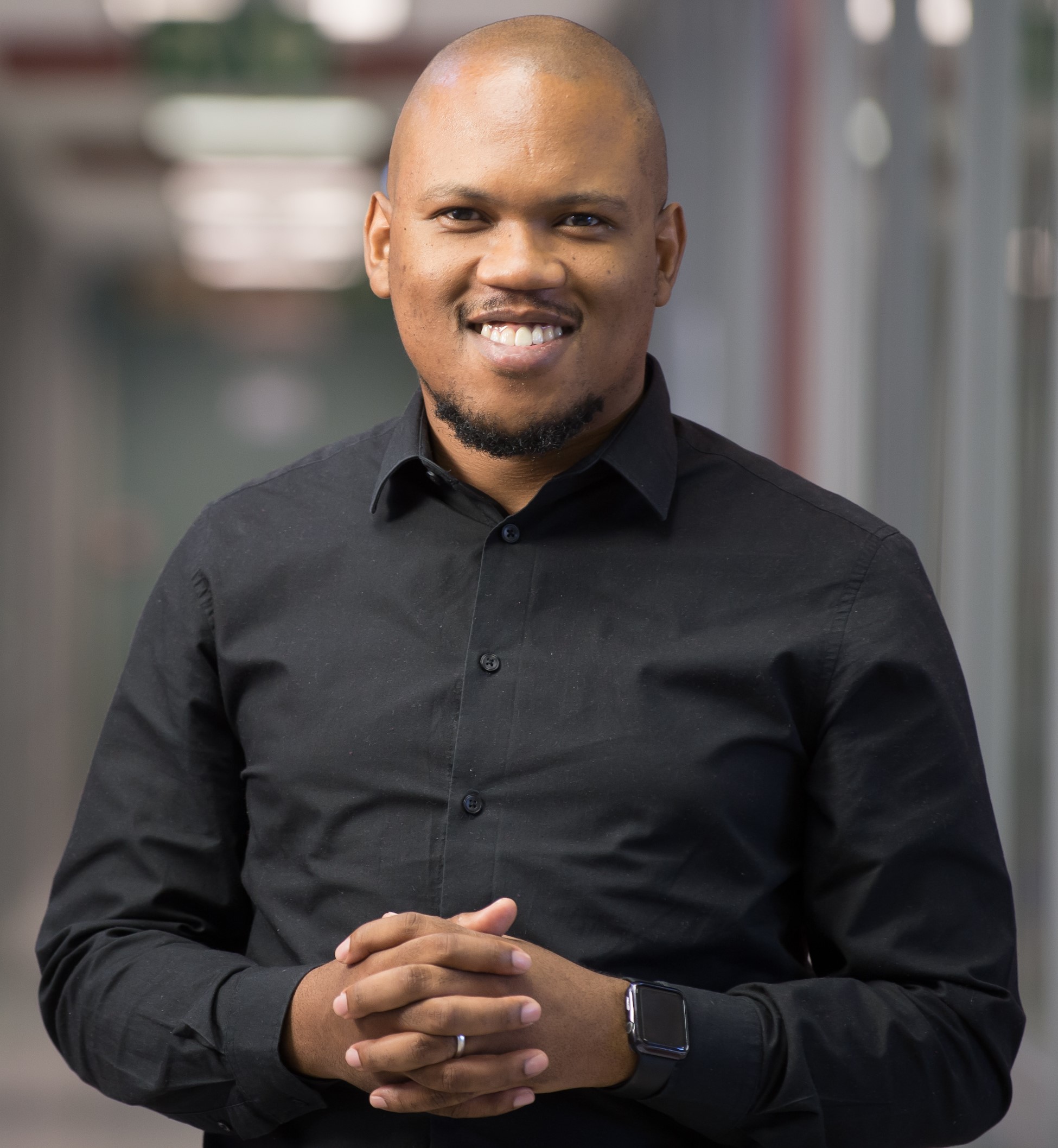 Although Prof Makhalanyane(left) could only attend the National Committee and not the presentations, his students from Pretoria University were able to visit his new workplace at Stellenbosch University. (Photo credit: Riaan Pienaar)
Although Prof Makhalanyane(left) could only attend the National Committee and not the presentations, his students from Pretoria University were able to visit his new workplace at Stellenbosch University. (Photo credit: Riaan Pienaar)

by Ria Olivier | Feb 26, 2024 | Antarctica, Biosecurity, Engineering, Mammology, Marine Protected Area, Marion Island, Research, SANAP
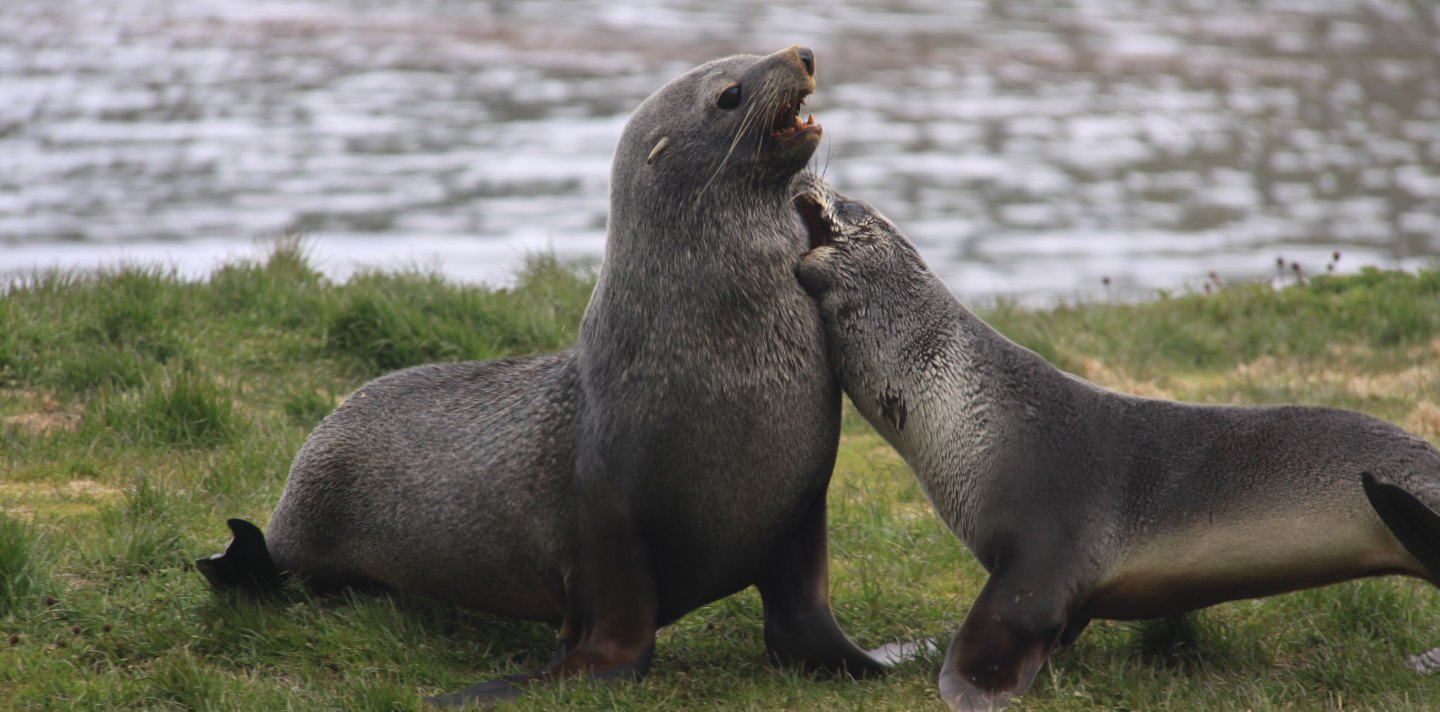
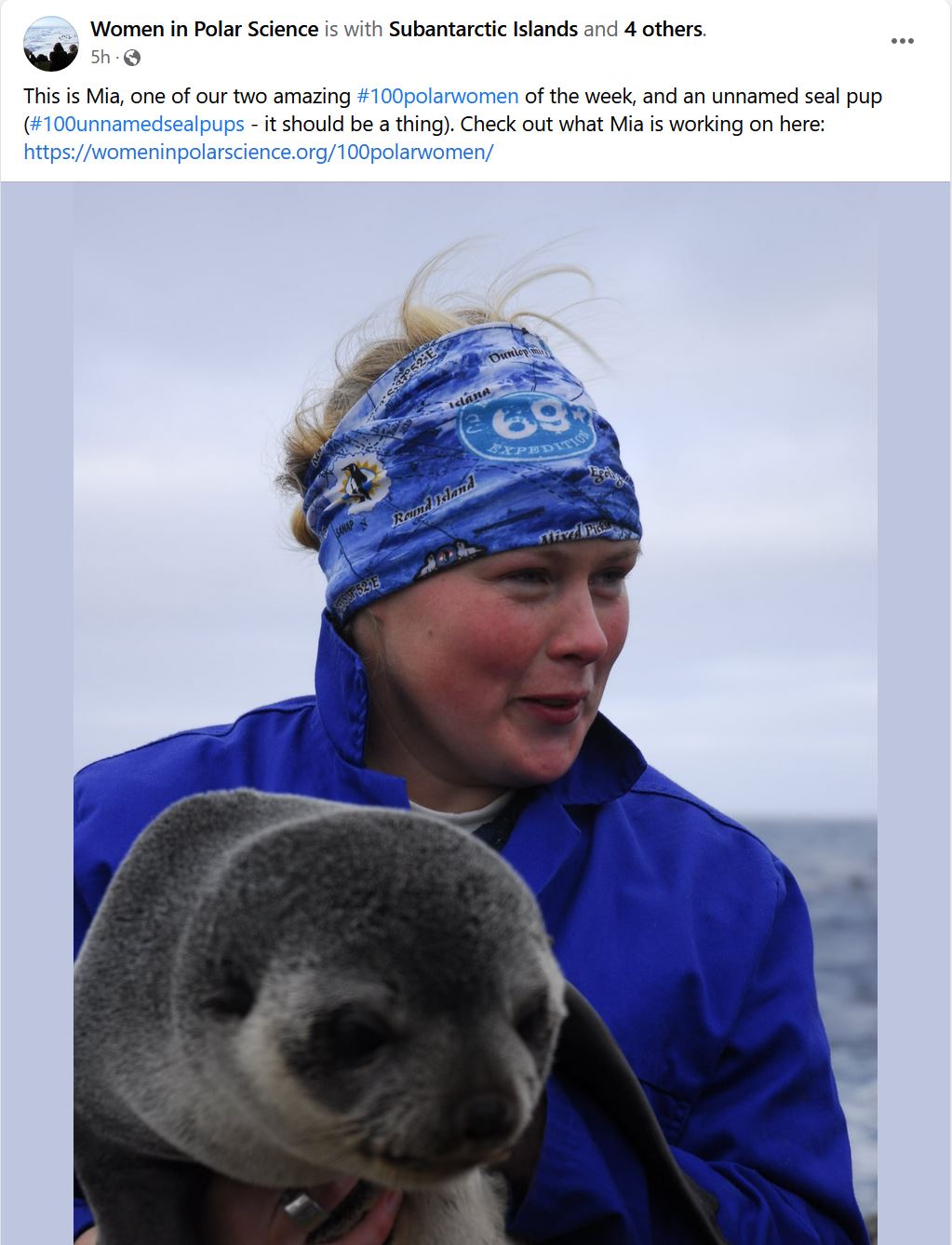 Dr Mia Wege chaired the session on Marine Mammals during the 6th SANAP Symposium that resorts within the Marine and Antarctic Research Strategy – ecosystems, biodiversity and biodiscovery. The session includes talks on various marine and the presentations were arranged according roughly to species and area. This Included elephant seals, fur seal, Ross seal, whales in ice, whales along the Southern African coast The session was presented in panel, discussion format, that allowed for questions form the audience. (Photo Credit: ALSA Archive)
Dr Mia Wege chaired the session on Marine Mammals during the 6th SANAP Symposium that resorts within the Marine and Antarctic Research Strategy – ecosystems, biodiversity and biodiscovery. The session includes talks on various marine and the presentations were arranged according roughly to species and area. This Included elephant seals, fur seal, Ross seal, whales in ice, whales along the Southern African coast The session was presented in panel, discussion format, that allowed for questions form the audience. (Photo Credit: ALSA Archive)
- Dr Christian Murray: Understanding the drivers of Marion Island’s elephant seal population. (Abstract)
- Leandri de Kock: Considering individual variation when investigating marine predator behaviours during life- history events(Abstract)
- Dr Liezl Pretorius and Dr Greg Hofmeyr (presenting): Canine morphometrics as a tool for distinguishing species, sex and age in Southern Ocean fur seals(Abstract)
- Dr Mia Wege: The conveyor belt of Ross seals in the Lazarev Sea and their behaviour. (Abstract)
- Matthew Germishuizen: Sea ice declines coincide with a period of reduced reproductive success in Southern Ocean top predator (Abstract)
- Oluwaseyi Paul Babalola: Entropy-based Detection and Classification of Bryde’s Whale Vocalizations: An Approach for Understanding and Conserving an Endangered Species(Abstract)
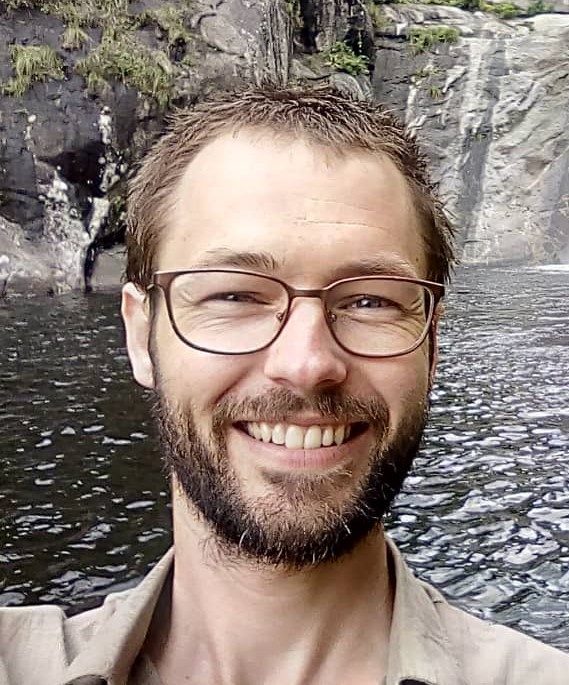
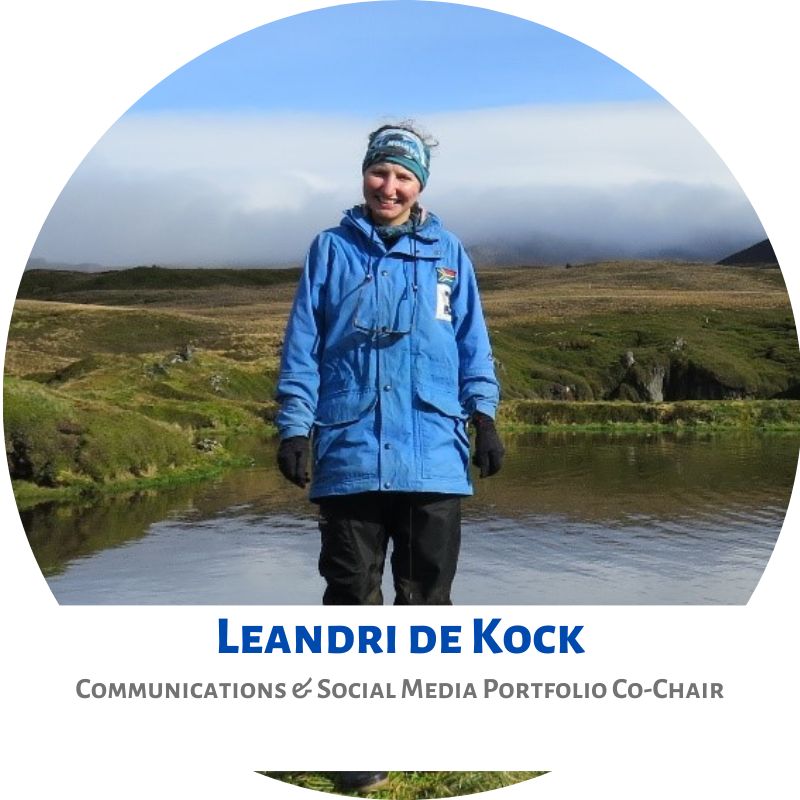

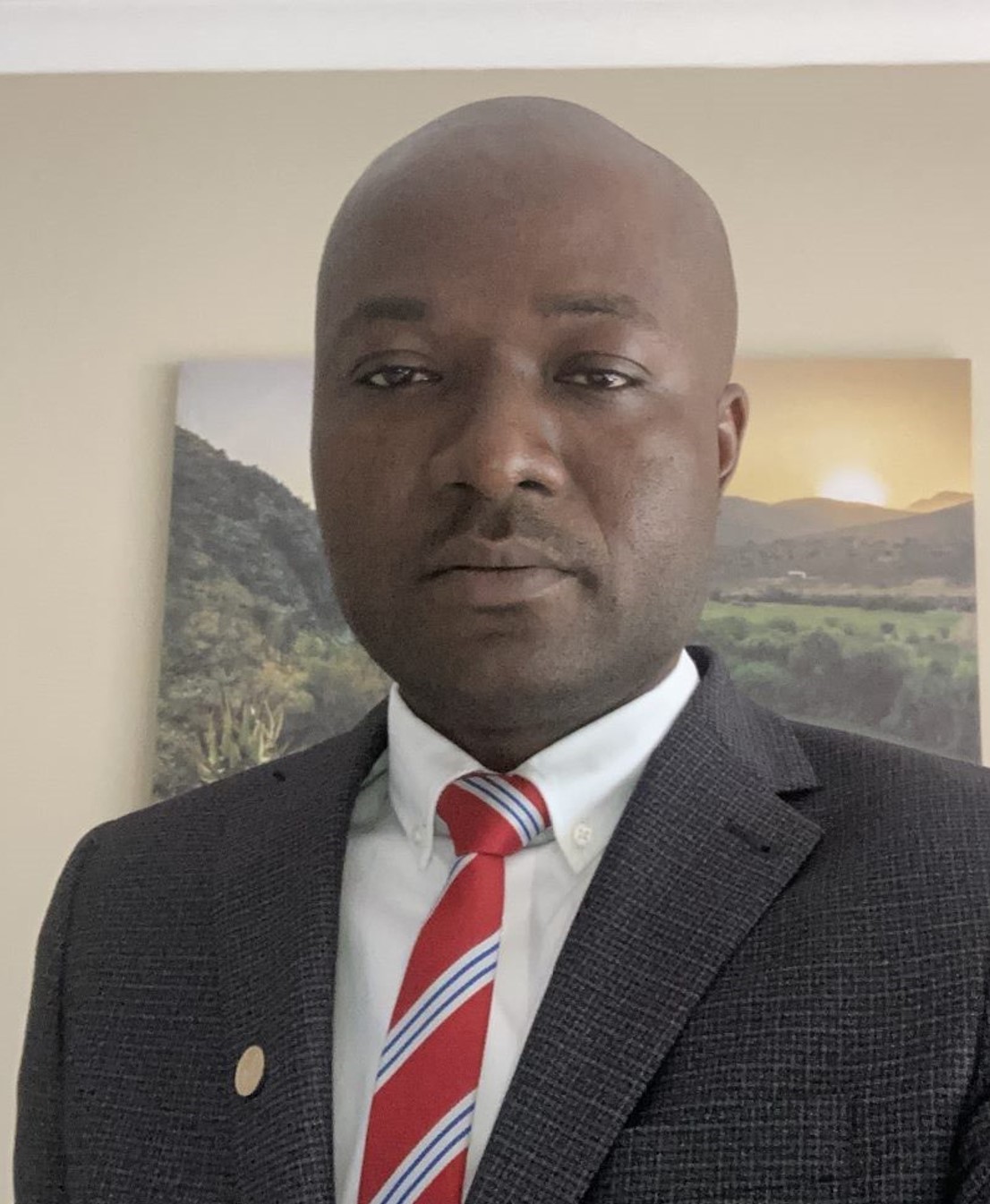
(Above L-R: Dr Christian Murray, Leandri de Kock, Dr Greg Hofmeyr, Oluwaseyi Paul Babalola)
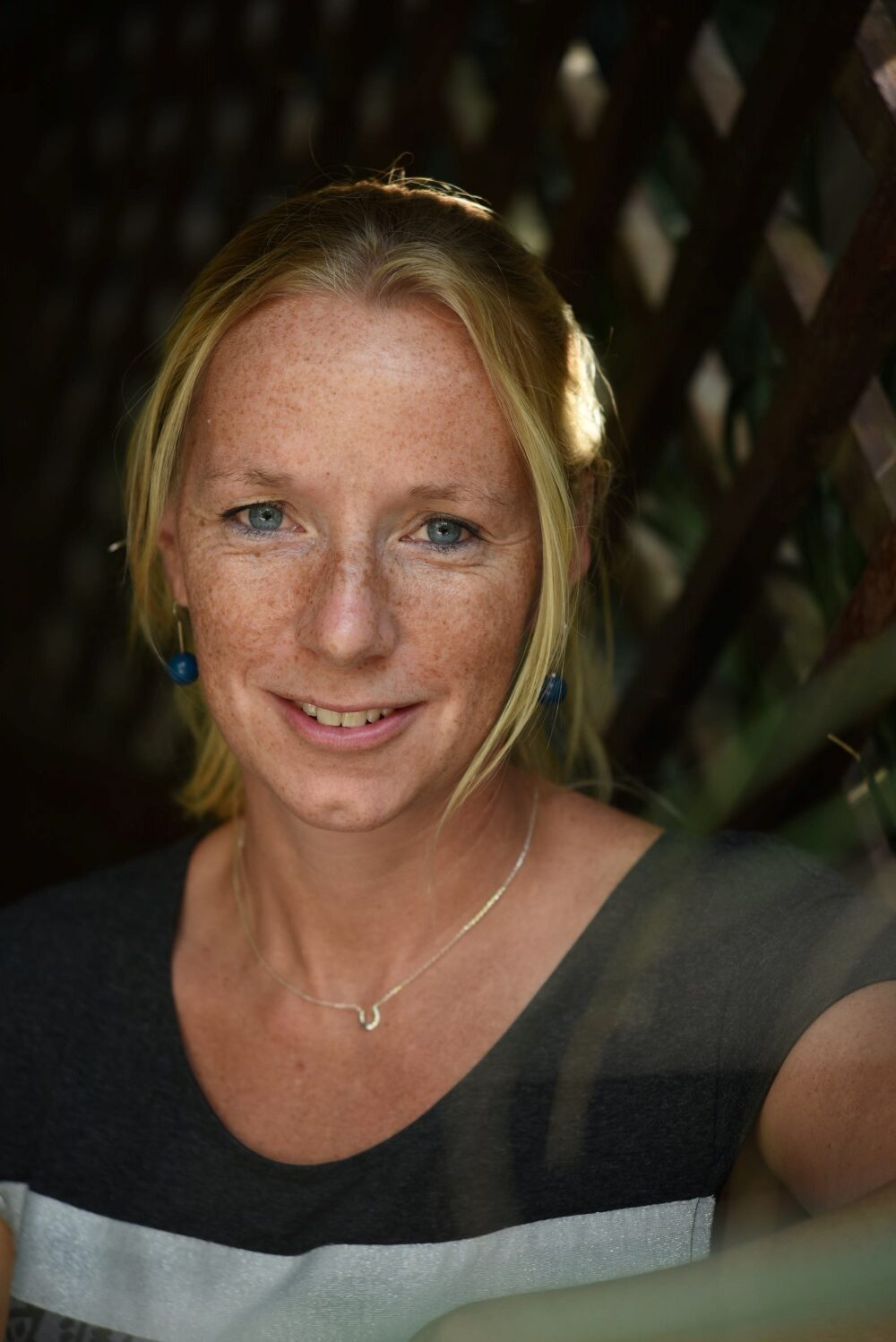


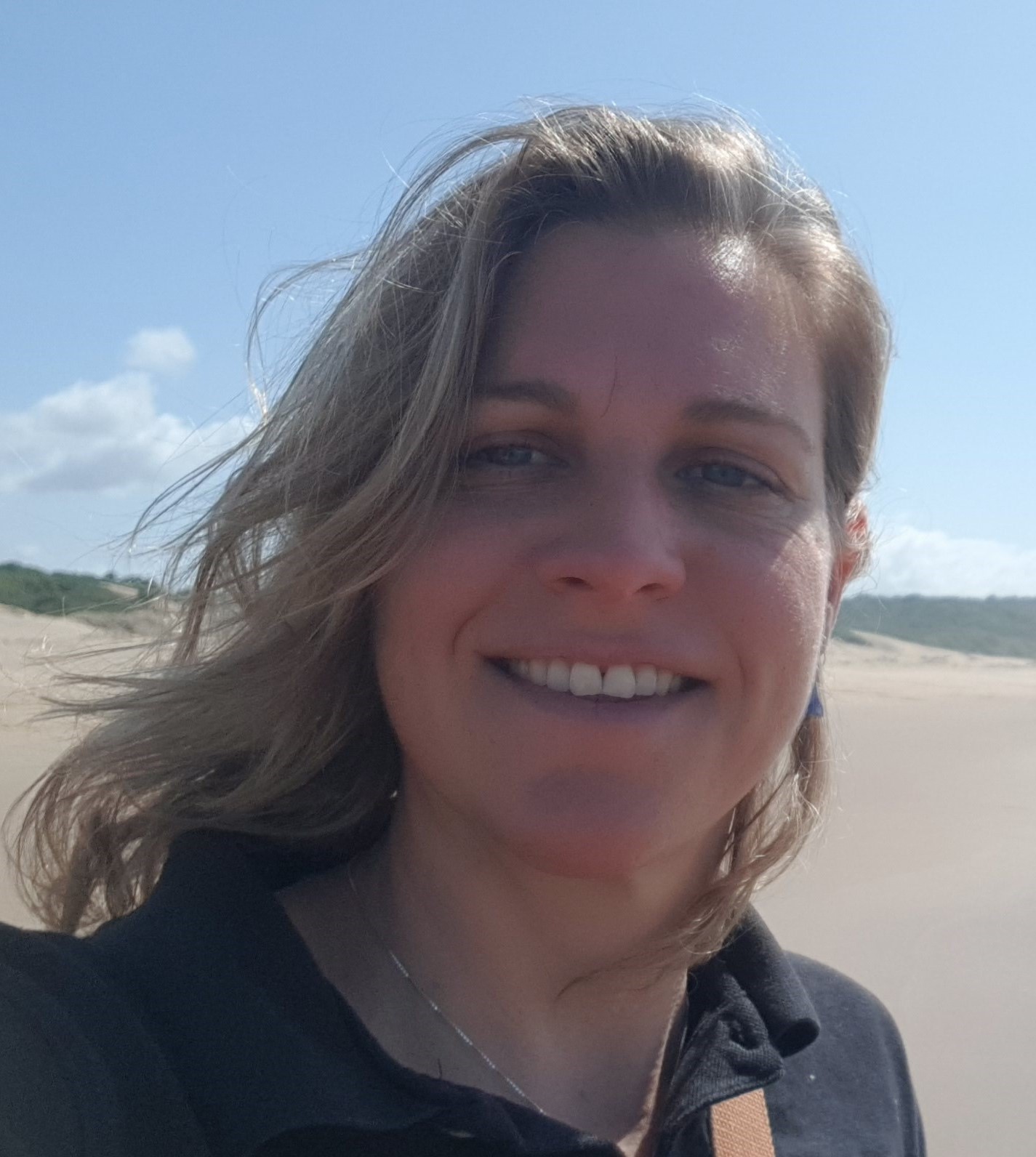
It was great to see the Mammal Research Institute Whale Unit of the University of Pretoria based in Hermanus, Western Cape represented during the symposium by Dr Els Vermeulen, Matthew Germishuizen, Elisa Seyboth and Antonia Immerz. (Above L-R)
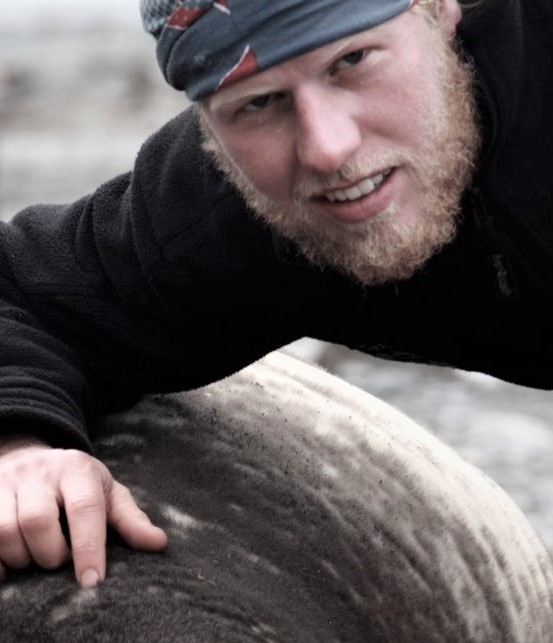
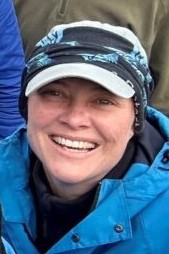
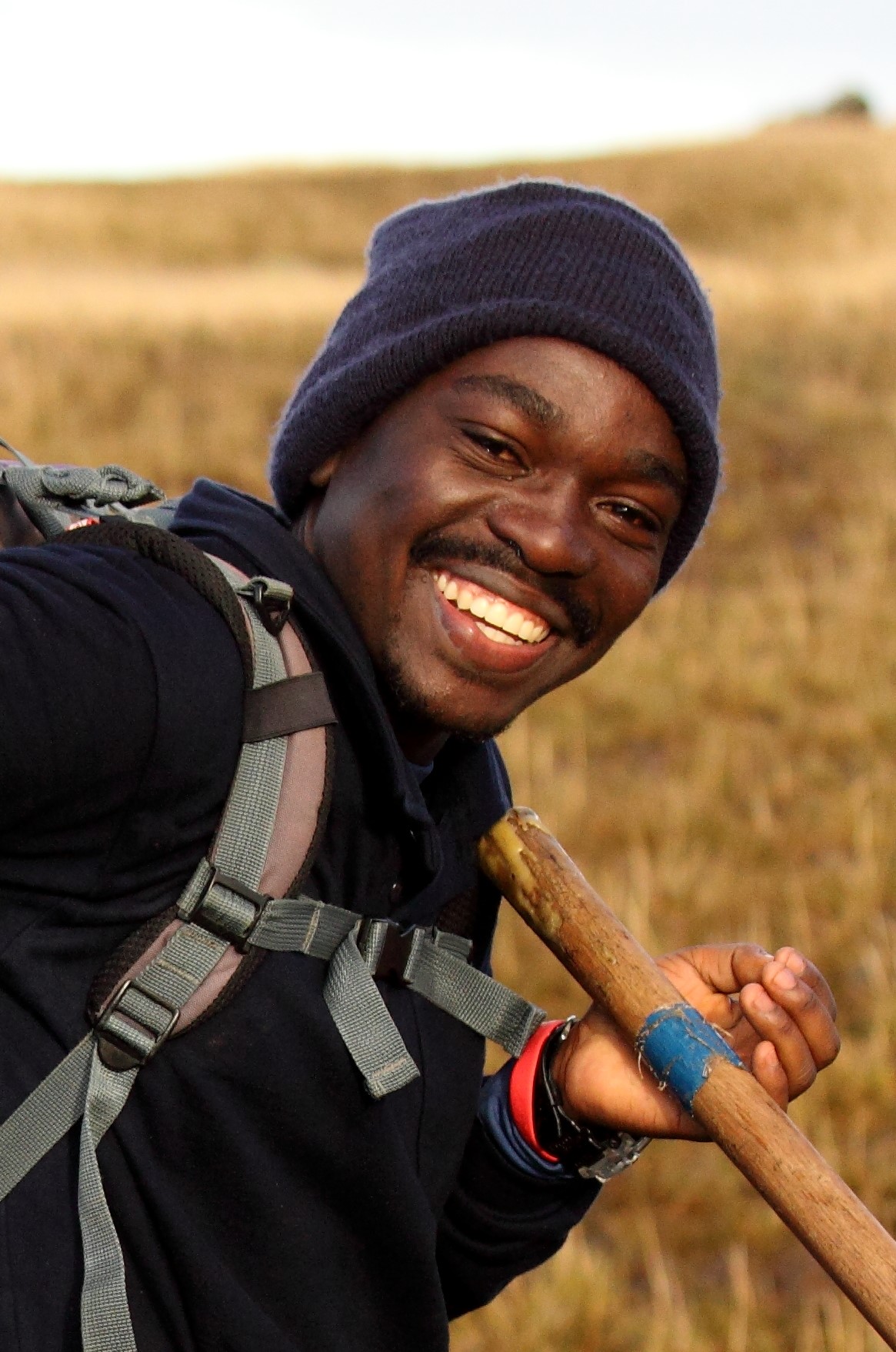
The Prince Edward Island scientific expedition was able to join the symposium on the 30th November and Chris Oosthuizen did his presentation in the session, ‘Data Management and the Summer Survey Participants’ chaired by Dr Christel Hansen. Liezel Pretorius was also able to join the conference on the Thursday. (Above L-R: Chris Oosthuizen, Liezel Pretorius, Yinhla Shihlomuhle)
- Dr Chris Oosthuizen. Marine predators: ecosystem sentinels that help inform Southern Ocean management. (Abstract)
An initiative by Mia Wege was to use the SANAP symposium to bring all “bio loggers/trackers” together, that included researchers who tag animals, mostly top predators across the globe. The purpose was to get some structure going and talk about a potential larger workshop specifically for the entire community. The meeting was well represented, and this was a great opportunity used.
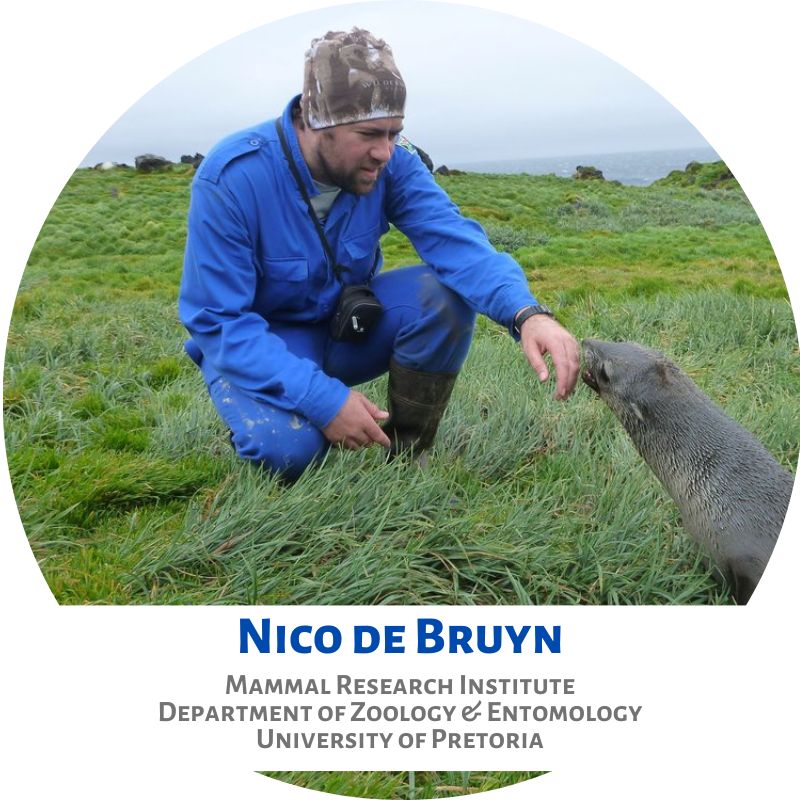
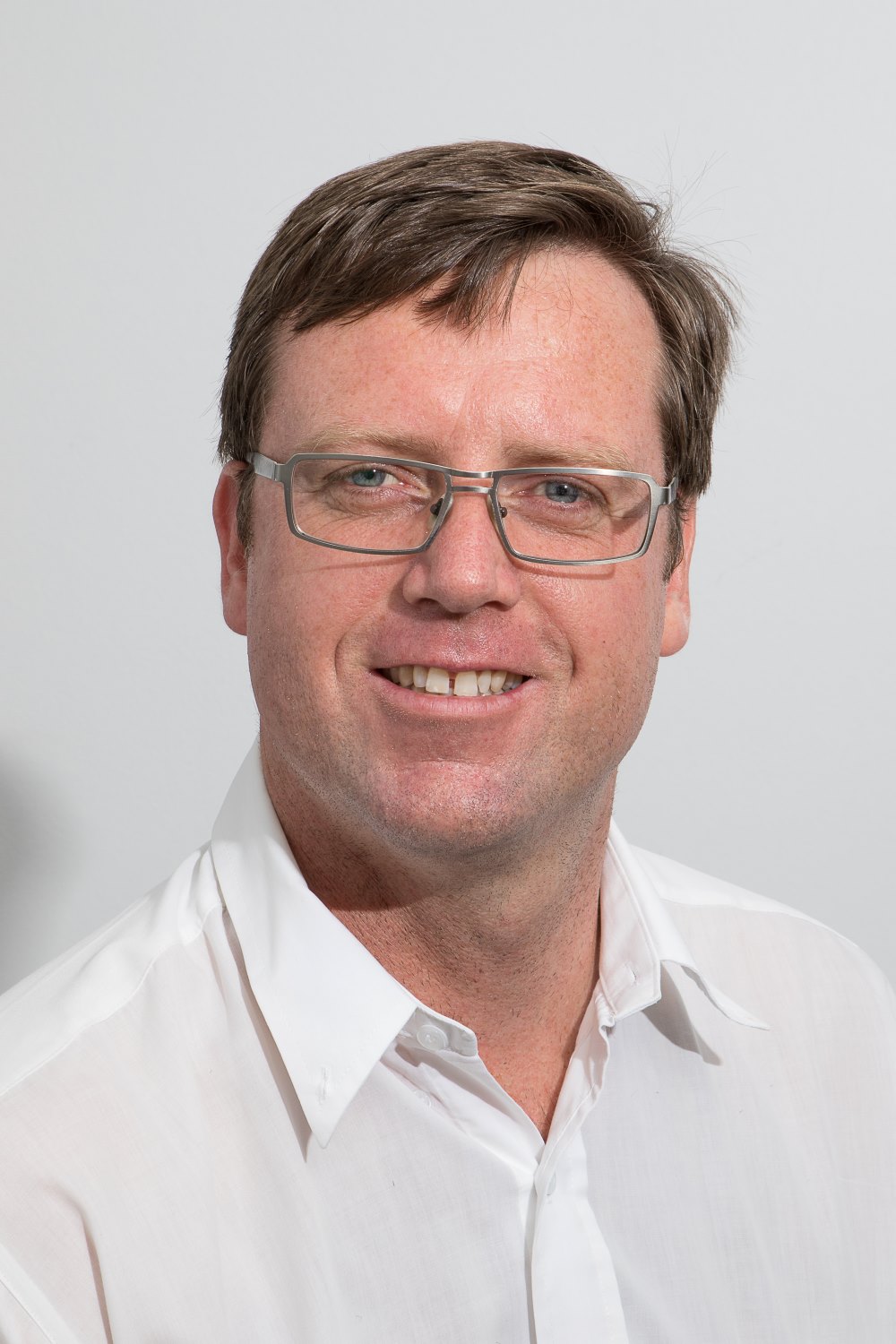 Two of the Principal investigators of the project were able to attend the symposium. ( Nico de Bruyn(left) – University of Pretoria and Jaco Versfeld (Right) Stellenbosch University)
Two of the Principal investigators of the project were able to attend the symposium. ( Nico de Bruyn(left) – University of Pretoria and Jaco Versfeld (Right) Stellenbosch University)
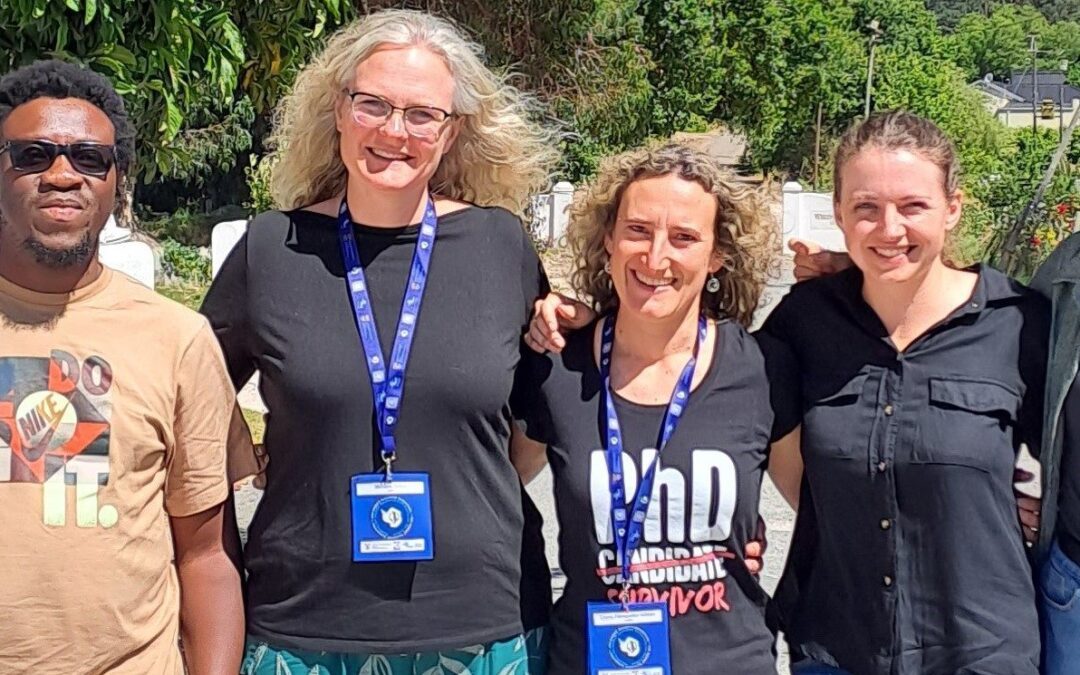
by Ria Olivier | Feb 23, 2024 | Biosecurity, Ecology, Environment, Invasion Biology, Marion Island, Research, SANAP, SANAP Student
 Michelle Greve chaired another session on Ecosystems “Major threats to terrestrial sub-Antarctic ecosystems – climate change and invasions” , including how climate and species interactions are driving leaf endophyte communities, how warming directly, and indirectly (through heightened microbial decomposition and nutrient release) affects plant performance) affect plant growth, and how vegetation communities on Marion Island have changed since the 1960s on a warmer, drier and more invaded Marion Island. The session ended with a summary of the knowledge garnered from the National Status Report on Invasions, which includes a chapter on the Prince Edward Islands, and summarised all we know about invasions to the offshore territory.
Michelle Greve chaired another session on Ecosystems “Major threats to terrestrial sub-Antarctic ecosystems – climate change and invasions” , including how climate and species interactions are driving leaf endophyte communities, how warming directly, and indirectly (through heightened microbial decomposition and nutrient release) affects plant performance) affect plant growth, and how vegetation communities on Marion Island have changed since the 1960s on a warmer, drier and more invaded Marion Island. The session ended with a summary of the knowledge garnered from the National Status Report on Invasions, which includes a chapter on the Prince Edward Islands, and summarised all we know about invasions to the offshore territory. 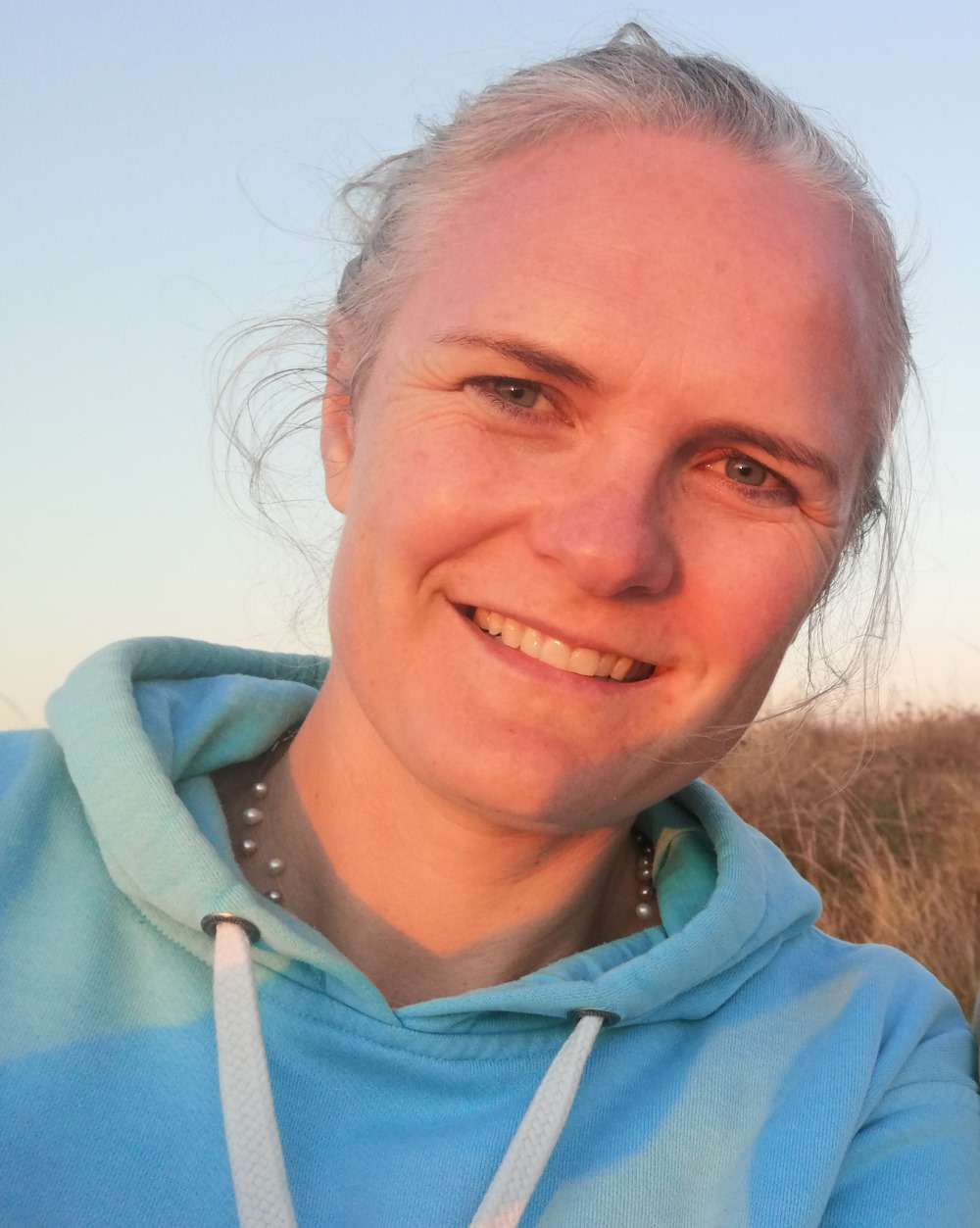 Michelle(right) gave an introduction and then was followed by oral presentations. (Above, l-r: Joshua Tsamba, Michelle Greve, Laura Fernadez-Winzer, Stephni van der Merwe, Nita Pallett) (Photo Credit: Michelle Greve)
Michelle(right) gave an introduction and then was followed by oral presentations. (Above, l-r: Joshua Tsamba, Michelle Greve, Laura Fernadez-Winzer, Stephni van der Merwe, Nita Pallett) (Photo Credit: Michelle Greve)
- Joshua Tsamba – Fungal endophytes on Marion Island. (Abstract)
- Nita Pallett – Sub-Antarctic plant nitrogen uptake in a changing world. (Abstract)
- Stephni van der Merwe – Long-term vegetation change (1965-2020) in response to rapid warming and drying in a sub-Antarctic tundra: evidence from repeat photography (interactive poster) (Abstract)
- Laura Fernandez Winzer – An assessment of the status of biological invasions and their management on the Prince Edward Islands. (Abstract)
 Another student Janine Schoombie of Peter le Roux of University of Pretoria presented in the ad hoc session chaired by Christel Hansen. They only arrived on 30 November after the Prince Edward Island scientific voyage. “Studies of wind, plants and seabirds on Marion Island”. (Abstract) A poster presentation by Elsa van Ginkel , student of Peter le Roux “Examining the potential for entomophilous pollination on sub-Antarctic Marion Island” was mentioned in the ad hoc session.(Abstract) (Above l-r: Peter le Roux, Janine Schoombie, Elsa van Ginkel)
Another student Janine Schoombie of Peter le Roux of University of Pretoria presented in the ad hoc session chaired by Christel Hansen. They only arrived on 30 November after the Prince Edward Island scientific voyage. “Studies of wind, plants and seabirds on Marion Island”. (Abstract) A poster presentation by Elsa van Ginkel , student of Peter le Roux “Examining the potential for entomophilous pollination on sub-Antarctic Marion Island” was mentioned in the ad hoc session.(Abstract) (Above l-r: Peter le Roux, Janine Schoombie, Elsa van Ginkel)



 The last session within the Marine and Antarctic Research Strategy research theme : : Ecosystems, biodiversity and biodiscovery was chaired by Pierre Pistorius of the Marine Apex Predator Research Unit (MAPRU) at Nelson Mandela University. To kick off the session, the Mouse-Free Marion (MFM) Project’s Assistant Project Manager, Sue Tonin, gave a plenary lecture. This was followed by more presentations on ornithology research. (Above: group photo of MAPRU with Sue Tonin. Left: Pierre Pistorius. Right: Sue Tonin)
The last session within the Marine and Antarctic Research Strategy research theme : : Ecosystems, biodiversity and biodiscovery was chaired by Pierre Pistorius of the Marine Apex Predator Research Unit (MAPRU) at Nelson Mandela University. To kick off the session, the Mouse-Free Marion (MFM) Project’s Assistant Project Manager, Sue Tonin, gave a plenary lecture. This was followed by more presentations on ornithology research. (Above: group photo of MAPRU with Sue Tonin. Left: Pierre Pistorius. Right: Sue Tonin) Above (l-r): Vonica Perold, Tegan Walker, Shamiso Banda, Danielle Keys, Eleanor Weideman
Above (l-r): Vonica Perold, Tegan Walker, Shamiso Banda, Danielle Keys, Eleanor Weideman Above (l-r):Maelle Connan, Stefan Schoombie, Robyn Adams, John Cooper
Above (l-r):Maelle Connan, Stefan Schoombie, Robyn Adams, John Cooper To make your sponsorship to Mouse-Free Marion go to https://mousefreemarion.org/product/hectare/ and become a part of Marion Island’s future.
To make your sponsorship to Mouse-Free Marion go to https://mousefreemarion.org/product/hectare/ and become a part of Marion Island’s future.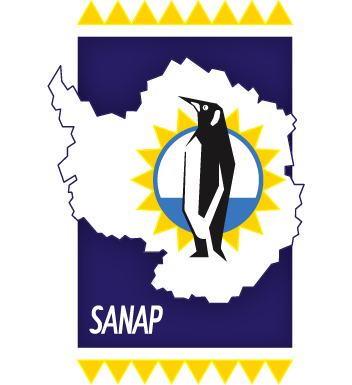


 Prof Werner Nel chaired the session on earth system Observations under the title: “Antarctic and sub-Antarctic Earth Science”. The session opened with a talk by Geoff Grantham of University of Johannesburg and Werner then introduced research Landscape and climate interactions in the sub-Antarctic. The session was in the format of a panel and roundtable discussion. (Above group photo of Landscape research in mountain and polar environments)
Prof Werner Nel chaired the session on earth system Observations under the title: “Antarctic and sub-Antarctic Earth Science”. The session opened with a talk by Geoff Grantham of University of Johannesburg and Werner then introduced research Landscape and climate interactions in the sub-Antarctic. The session was in the format of a panel and roundtable discussion. (Above group photo of Landscape research in mountain and polar environments) In this session four higher education Institutions were represented.
In this session four higher education Institutions were represented. Above l-r: Geoff Grantham (UJ), Liezel Rudolph (UFS), Abu Nguna (UFH), Sibusiso Sinuka (UFH), Zenande Kabase(UFH)
Above l-r: Geoff Grantham (UJ), Liezel Rudolph (UFS), Abu Nguna (UFH), Sibusiso Sinuka (UFH), Zenande Kabase(UFH)  Other presentations of this project were given in the data management and humanities sessions as well as David Hedding in the summer survey as he only joined on 30 November due to the Prince Edward Island Scientific Expedition. (l-R: David Hedding (UNISA), Marike Stander (UFS), Bjorn Boyes (UFS)
Other presentations of this project were given in the data management and humanities sessions as well as David Hedding in the summer survey as he only joined on 30 November due to the Prince Edward Island Scientific Expedition. (l-R: David Hedding (UNISA), Marike Stander (UFS), Bjorn Boyes (UFS)


 The second session within the
The second session within the  Above (l-r): Tesha Toolsee, Tommy Ryan-Keogh, Thapelo Ramalepe, Thato Mtshali.
Above (l-r): Tesha Toolsee, Tommy Ryan-Keogh, Thapelo Ramalepe, Thato Mtshali. Above(l-r): Sifiso Mpapane, Miranda Sitofile, Lillina Ruiters
Above(l-r): Sifiso Mpapane, Miranda Sitofile, Lillina Ruiters
 Another session within the
Another session within the  Above (l-r): Pedro Lebre, Silindile Maphosa, Lefentse Mashamaite
Above (l-r): Pedro Lebre, Silindile Maphosa, Lefentse Mashamaite Prof Makhalanyane project presentations. Above (l-r): Runesu Bakasa, Marike Hillocks, Riaan Pierneef, Mancha Mabaso, Choaro Dithugoe
Prof Makhalanyane project presentations. Above (l-r): Runesu Bakasa, Marike Hillocks, Riaan Pierneef, Mancha Mabaso, Choaro Dithugoe Above: (l-r)Nosipho Hlalukana, Nyasha Mafumo, Phillip Mawire, Mayinbogwe Buthelezi
Above: (l-r)Nosipho Hlalukana, Nyasha Mafumo, Phillip Mawire, Mayinbogwe Buthelezi Poster Presentations. Above (l-r): Sade Magabotha, Christophe Lefebvre, Elizabe Malan, Benjamin Abraham, Nelisiwe Hedebe, Michelle Bekker
Poster Presentations. Above (l-r): Sade Magabotha, Christophe Lefebvre, Elizabe Malan, Benjamin Abraham, Nelisiwe Hedebe, Michelle Bekker
 Although Prof Makhalanyane(left) could only attend the National Committee and not the presentations, his students from Pretoria University were able to visit his new workplace at Stellenbosch University. (Photo credit: Riaan Pienaar)
Although Prof Makhalanyane(left) could only attend the National Committee and not the presentations, his students from Pretoria University were able to visit his new workplace at Stellenbosch University. (Photo credit: Riaan Pienaar)

 Dr Mia Wege chaired the session on Marine Mammals during the 6th SANAP Symposium that resorts within the Marine and Antarctic Research Strategy – ecosystems, biodiversity and biodiscovery. The session includes talks on various marine and the presentations were arranged according roughly to species and area. This Included elephant seals, fur seal, Ross seal, whales in ice, whales along the Southern African coast The session was presented in panel, discussion format, that allowed for questions form the audience. (Photo Credit: ALSA Archive)
Dr Mia Wege chaired the session on Marine Mammals during the 6th SANAP Symposium that resorts within the Marine and Antarctic Research Strategy – ecosystems, biodiversity and biodiscovery. The session includes talks on various marine and the presentations were arranged according roughly to species and area. This Included elephant seals, fur seal, Ross seal, whales in ice, whales along the Southern African coast The session was presented in panel, discussion format, that allowed for questions form the audience. (Photo Credit: ALSA Archive)











 Two of the Principal investigators of the project were able to attend the symposium. ( Nico de Bruyn(left) – University of Pretoria and Jaco Versfeld (Right) Stellenbosch University)
Two of the Principal investigators of the project were able to attend the symposium. ( Nico de Bruyn(left) – University of Pretoria and Jaco Versfeld (Right) Stellenbosch University)
 Michelle Greve chaired another session on Ecosystems “Major threats to terrestrial sub-Antarctic ecosystems – climate change and invasions” , including how climate and species interactions are driving leaf endophyte communities, how warming directly, and indirectly (through heightened microbial decomposition and nutrient release) affects plant performance) affect plant growth, and how vegetation communities on Marion Island have changed since the 1960s on a warmer, drier and more invaded Marion Island. The session ended with a summary of the knowledge garnered from the National Status Report on Invasions, which includes a chapter on the Prince Edward Islands, and summarised all we know about invasions to the offshore territory.
Michelle Greve chaired another session on Ecosystems “Major threats to terrestrial sub-Antarctic ecosystems – climate change and invasions” , including how climate and species interactions are driving leaf endophyte communities, how warming directly, and indirectly (through heightened microbial decomposition and nutrient release) affects plant performance) affect plant growth, and how vegetation communities on Marion Island have changed since the 1960s on a warmer, drier and more invaded Marion Island. The session ended with a summary of the knowledge garnered from the National Status Report on Invasions, which includes a chapter on the Prince Edward Islands, and summarised all we know about invasions to the offshore territory.  Michelle(right) gave an introduction and then was followed by oral presentations. (Above, l-r: Joshua Tsamba, Michelle Greve, Laura Fernadez-Winzer, Stephni van der Merwe, Nita Pallett) (Photo Credit: Michelle Greve)
Michelle(right) gave an introduction and then was followed by oral presentations. (Above, l-r: Joshua Tsamba, Michelle Greve, Laura Fernadez-Winzer, Stephni van der Merwe, Nita Pallett) (Photo Credit: Michelle Greve) Another student Janine Schoombie of Peter le Roux of University of Pretoria presented in the ad hoc session chaired by Christel Hansen. They only arrived on 30 November after the Prince Edward Island scientific voyage. “Studies of wind, plants and seabirds on Marion Island”. (
Another student Janine Schoombie of Peter le Roux of University of Pretoria presented in the ad hoc session chaired by Christel Hansen. They only arrived on 30 November after the Prince Edward Island scientific voyage. “Studies of wind, plants and seabirds on Marion Island”. (
